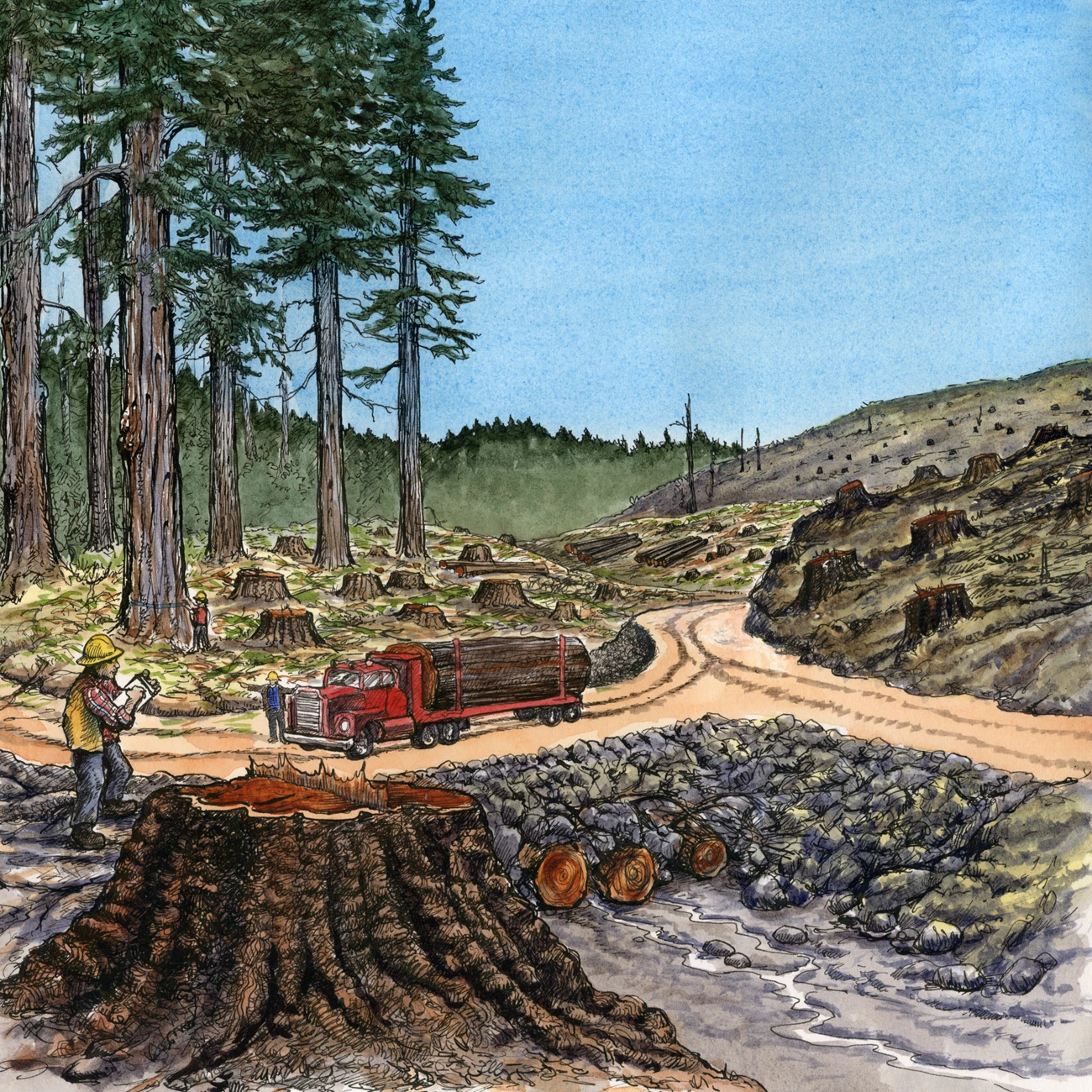
Gary Bloomfield and Save the Redwoods League. 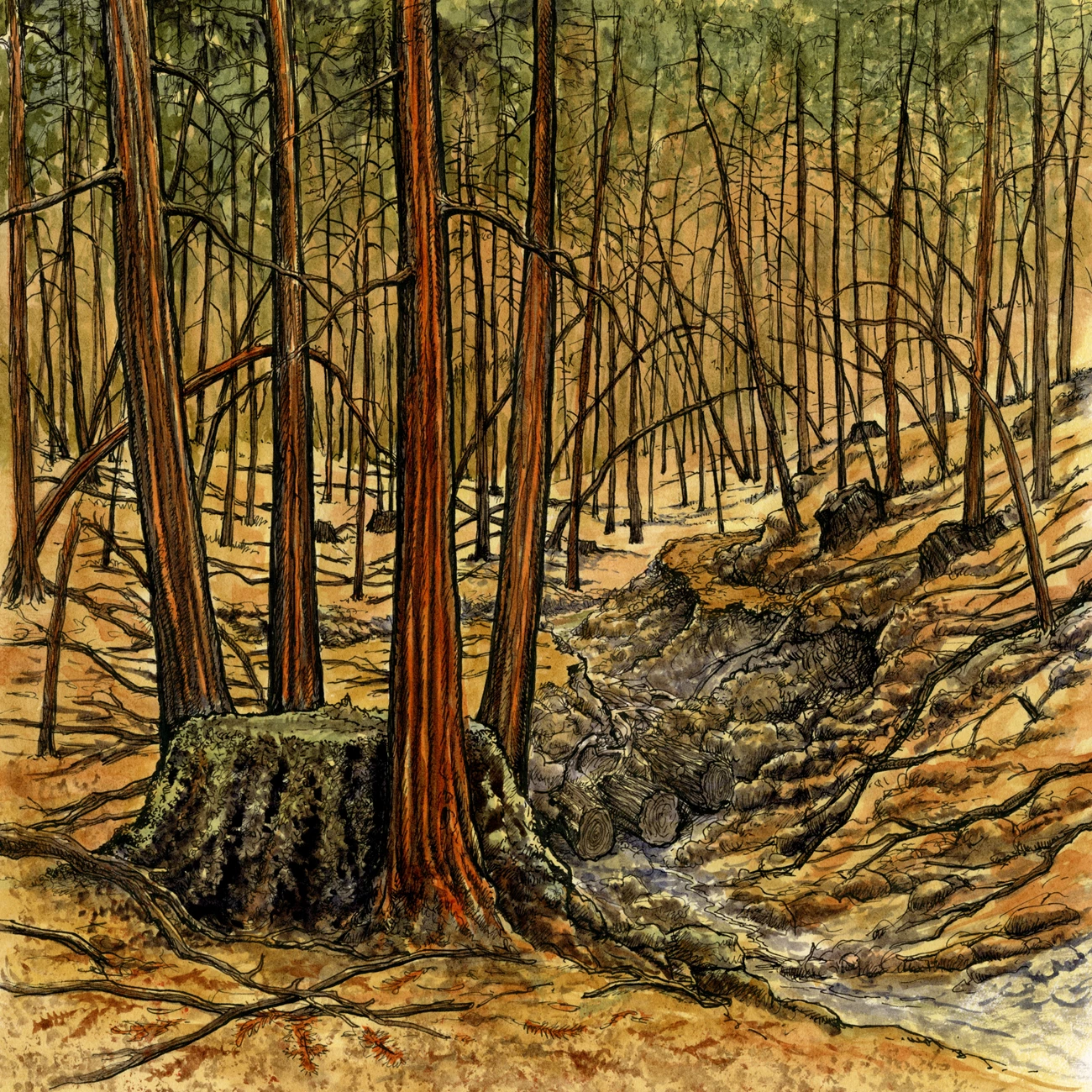
Gary Bloomfield and Save the Redwoods League. 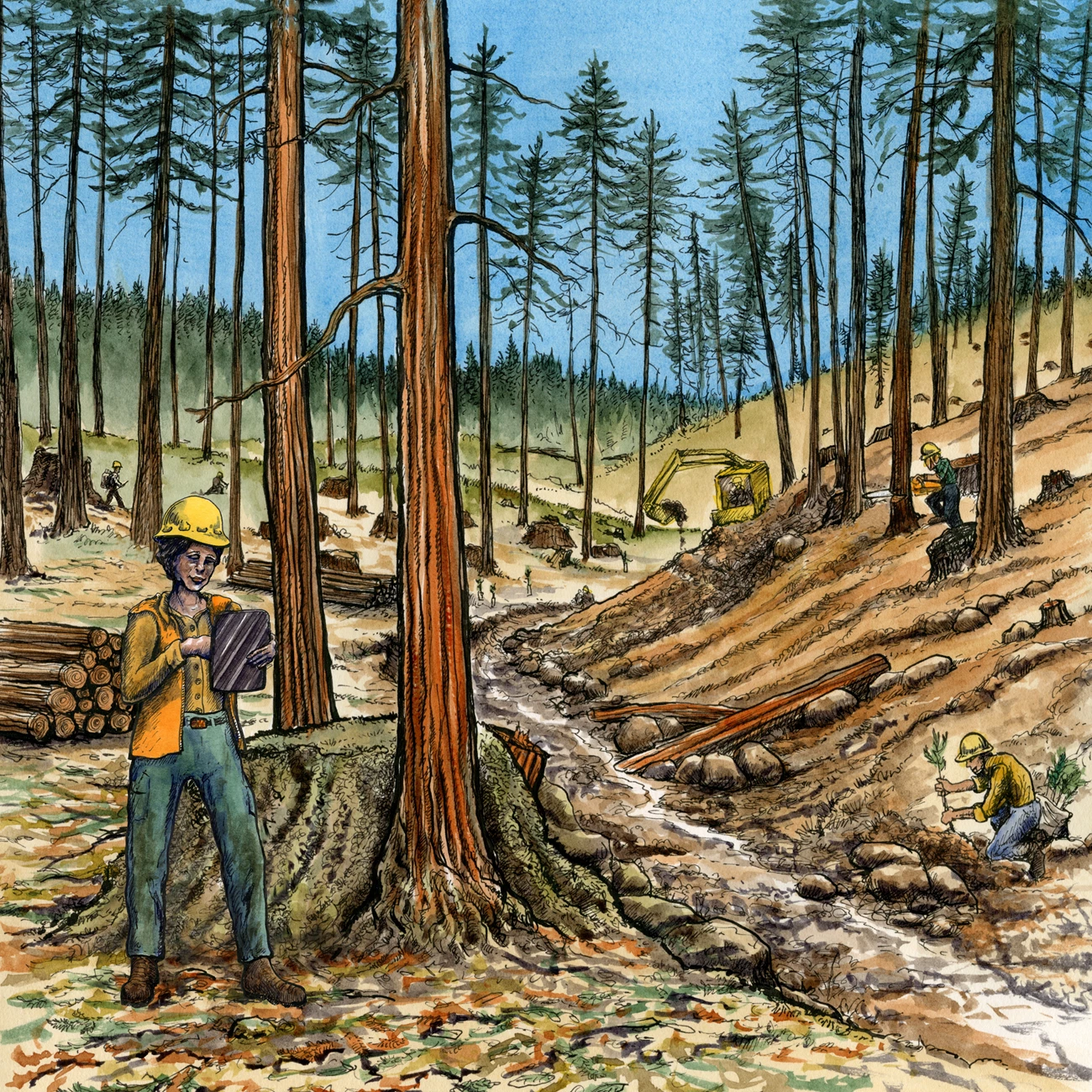
Gary Bloomfield and Save the Redwoods League 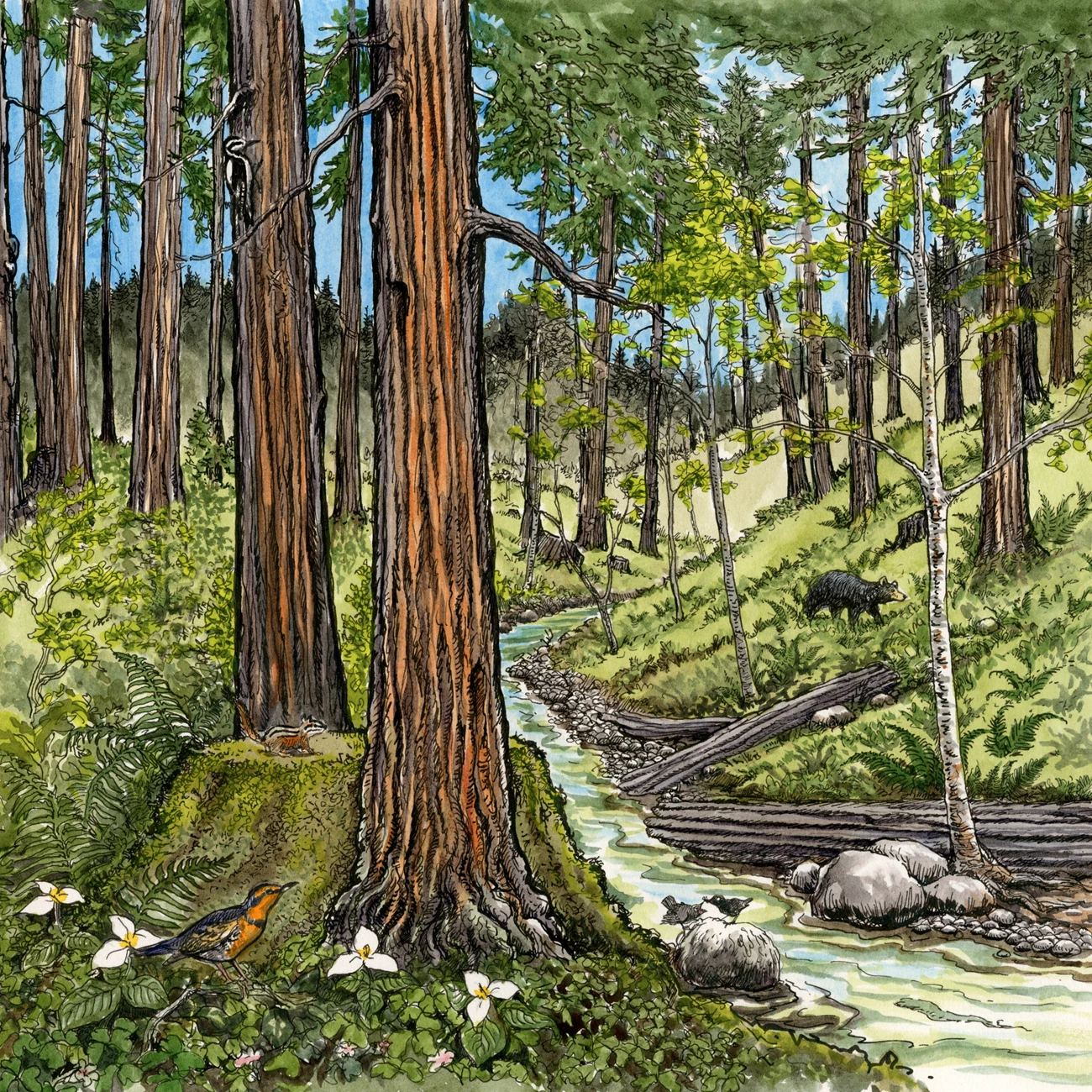
Gary Bloomfield and Save the Redwoods League. 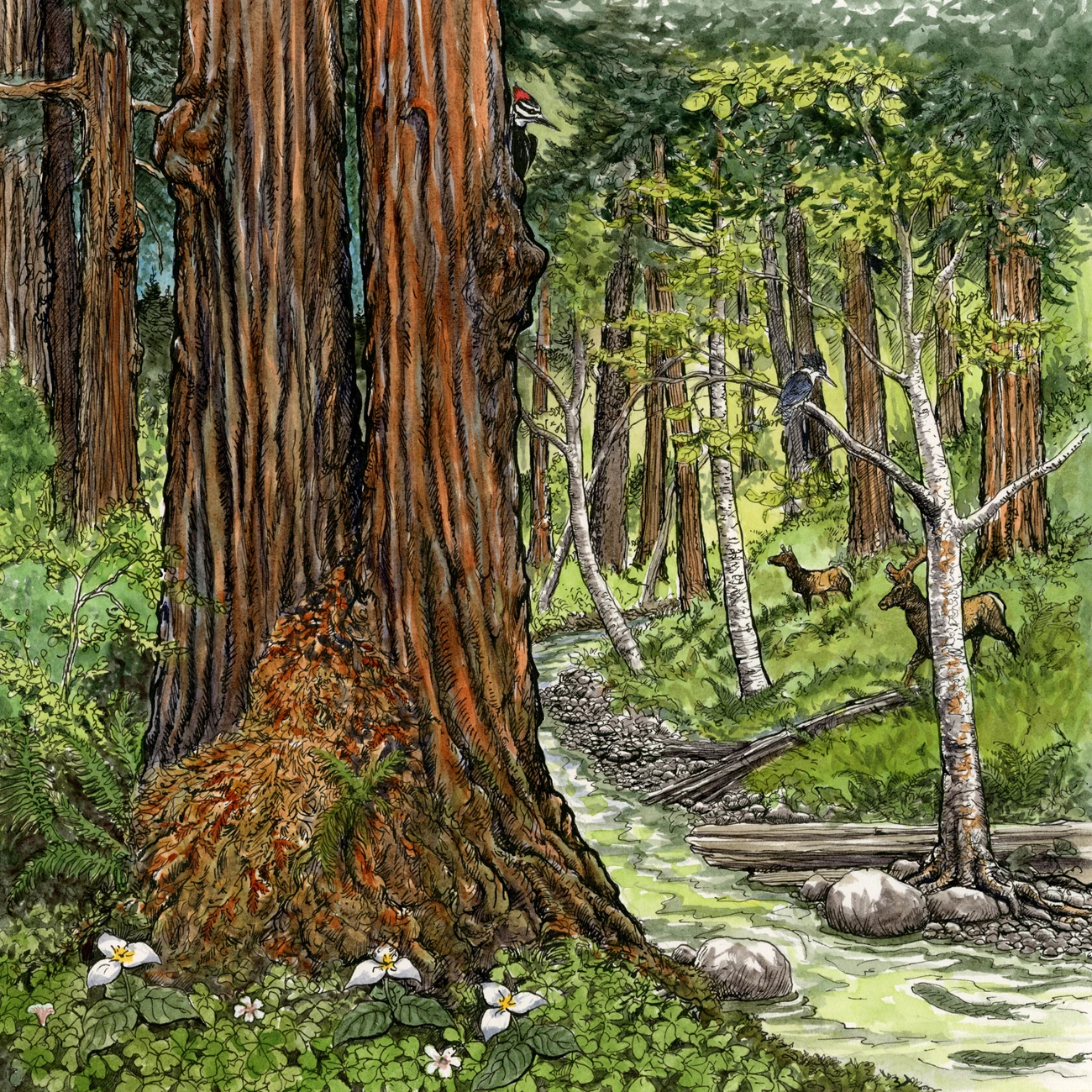
Gary Bloomfield and Save the Redwoods Leage
Return to our main Restoration Page
|
Last updated: April 8, 2022
